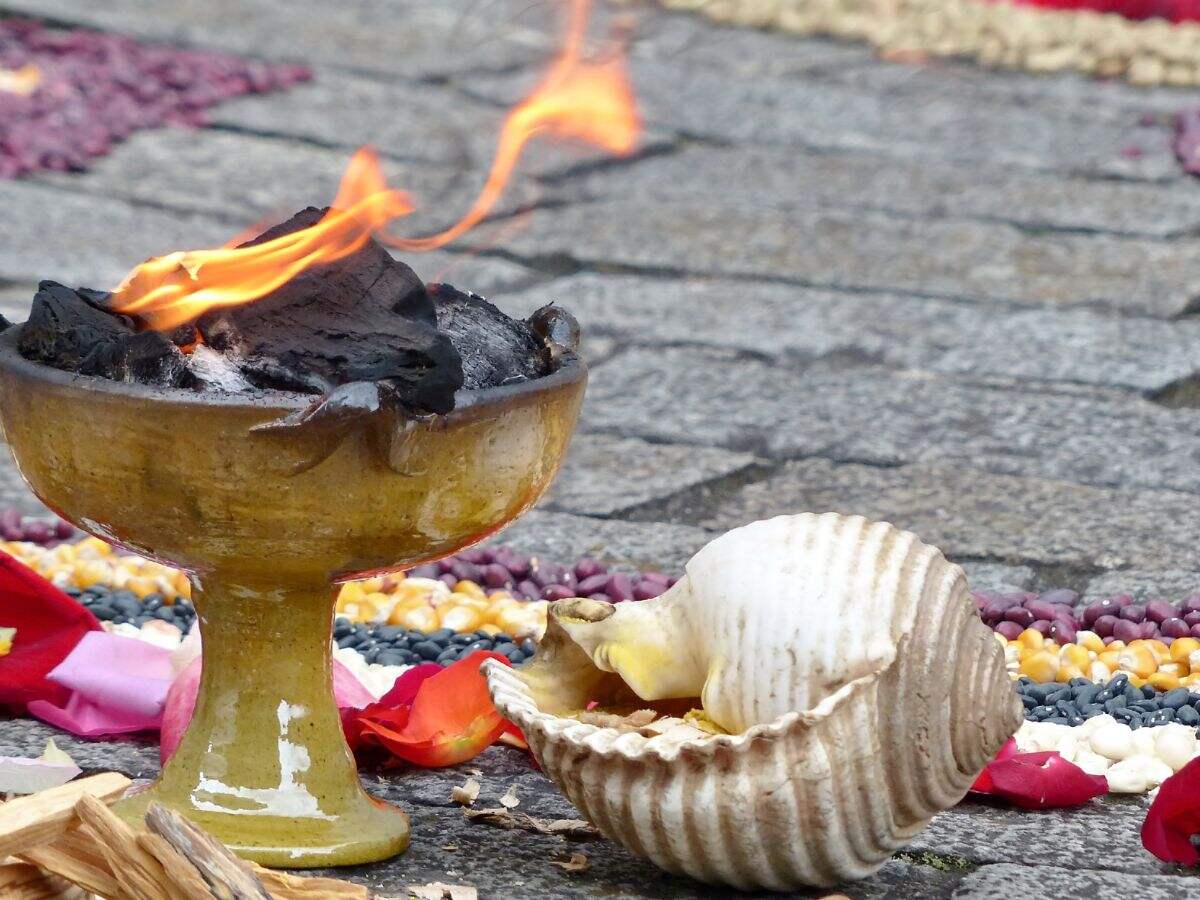Peru, one of the most diverse countries in the world, celebrates a very special date every August 1st: Pachamama Day. Many communities consider this festivity—also shared by countries like Bolivia, Argentina, and Chile the beginning of the Andean New Year due to its closeness to the winter solstice.
Throughout August, communities pay homage to Mother Earth through ancestral rituals and sacred offerings, giving thanks for all they have received and asking for prosperity in the new cycle.
What does Pachamama represent in Andean culture?
Pachamama, often referred to as Mother Earth, derives her name from the Quechua terms pacha (meaning world or earth) and mama (mother). She holds a central role in the Andean spiritual and cultural beliefs. Rather than symbolizing just the ground or land, Pachamama embodies the entirety of nature—mountains, rivers, vegetation, and animals. The Andean people see her as a caring and life-giving mother who provides protection and nourishment.
Why is Pachamama Day celebrated on August 1st?
August 1st signals the start of the sacred month dedicated to Pachamama, a period when the earth begins to restore itself following the harvest season. Andean communities believe this is the ideal moment to spiritually nourish Mother Earth through rituals of gratitude and renewal. This traditional day reflects a mutual exchange with the environment.
Pachamama Day Today
During the month of August, and especially on its first day, various activities take place. Although each region has its own way of starting the day, in some areas it begins with confetti-like misturas spread along the streets, along with drinks poured onto the ground as tributes to the earth.
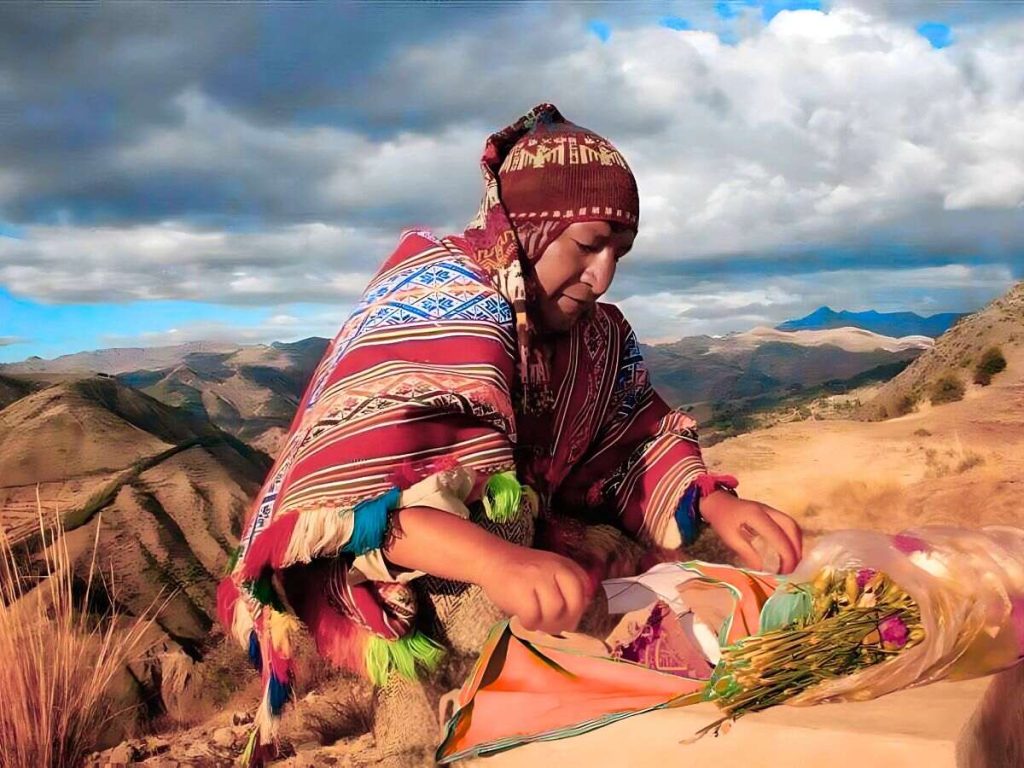
Among the most notable events of the Pachamama month is the payment to the earth, which is prepared with coca leaves, candies, colorful yarns, and other symbolic elements. These offerings are then buried or burned sometimes even including llama or alpaca fetuses.
People often use incense burners and medicinal herbs to cleanse the environment of negative energies.
Deities Related to Pachamama
The Inca religion was based on the worship of nature-related deities, such as the sun, moon, stars, and the earth. However, there was a supreme deity: Wiracocha, considered the creator god or master of the world. Alongside him, other deities were organized across various planes according to their importance and role in the Andean worldview:
El Hanan Pacha
People know it as the upper world and associate it with the sky, celestial bodies, and higher deities. It is a spiritual plane where the main gods reside.
Wiracocha
Early signs of his worship appeared in pre-Incan cultures such as the Wari, Caral, and Chavín. The Incas adapted this concept into their own religion. He is often depicted with two large slings (huaracas).
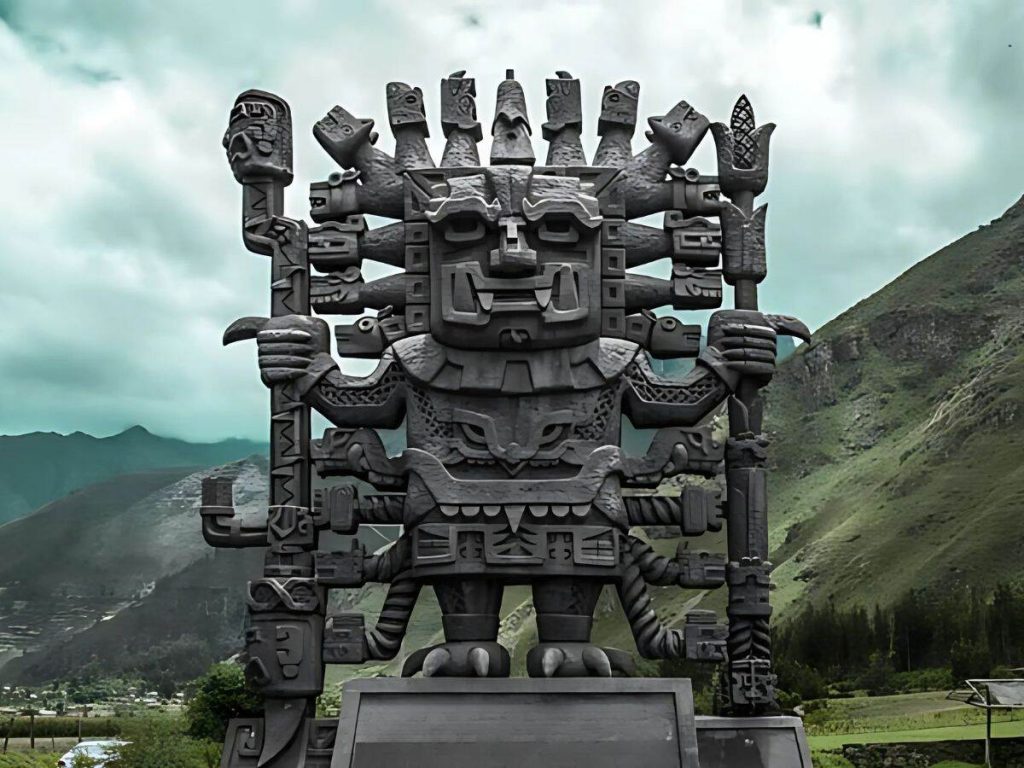
Inti
People also know him as the Sun God and believe he is the son of Wiracocha. Though his exact origin remains unclear, they associate him with life, warmth, and light. He was key in predicting crop quality during the Inca Empire.
Mama Quilla
The Moon Goddess, wife of Inti, was revered as the mother of the first Incas.
Andean cultures associated her with the calendar and time cycles.
Illapa
The Rain God, brother of Inti, venerated for his association with rain, thunder, and lightning.
Chaska
A deity linked to Venus and the stars, regarded as the protector of young maidens and those in love.
Kay Pacha
The earthly world, or present world, associated with the human realm.
Pachamama
Mother Earth, representing both the land and nature. She provides food and sustenance. Offerings are constantly made to her for protection and abundant harvests, with August being her most sacred month. Some people believe that during this month, the earth is “awake,” which is why offerings are frequent.
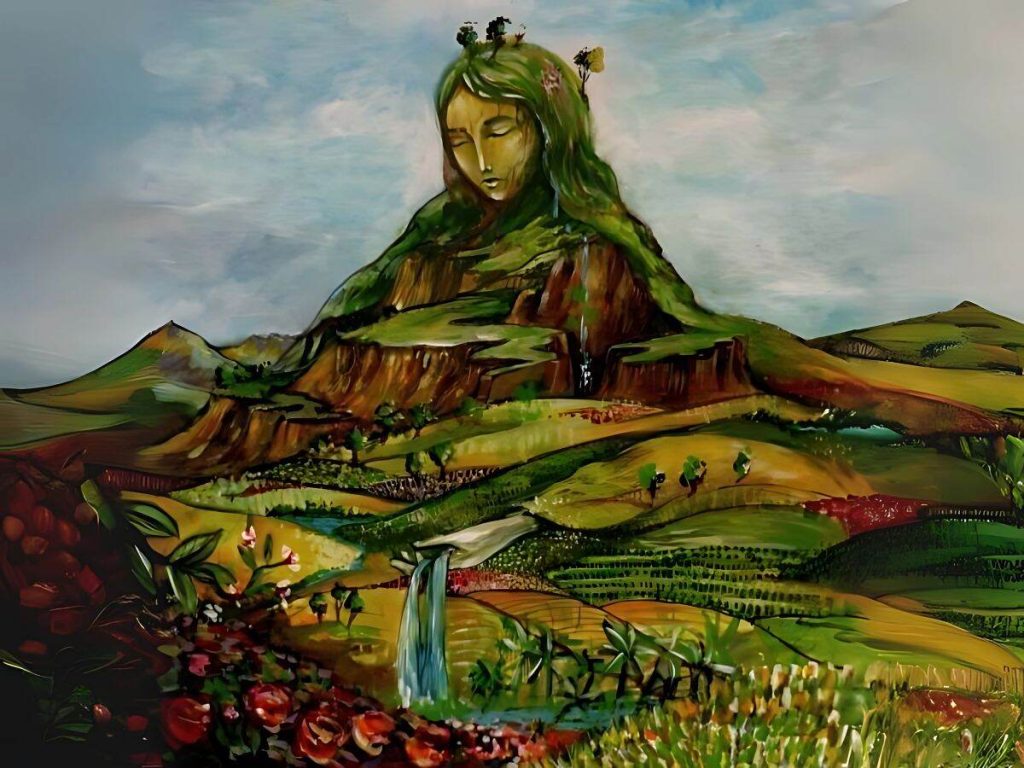
Mama Wayra
The Mother of Wind, seen as a messenger connecting the different planes of the Andean world.
Mama Nina
Goddess of fire and light, regarded as a sacred channel between humans and the divine.
People saw fire as the medium through which offerings could reach the gods.
Mama Sara
Associated with harvests, especially corn—considered a sacred food and key ingredient in “chicha de jora“, a traditional Cusco festival drink.
The Apus
Mountain spirits, such as Ausangate and Salkantay, regarded as protectors of nearby communities.
Yakumama
Spirit of water, represented as a giant serpent dwelling in rivers, lakes, and springs. She was the protector of all water sources and a symbol of life.
Uku Pacha
Andean cultures consider Uku Pacha the inner or subterranean world—a spiritual dimension connected to ancestors, the past, and the mysteries hidden beneath the earth. In their view, it is not a place of punishment, but a sacred space where powerful forces dwell and contribute to the cycle of life, death, and rebirth:
Yatañamca
Twin deities who represent darkness, night, and the duality of nature.
They embody the balance between chaos and order, and people regard them as guardians of hidden knowledge and spiritual trials within the invisible world.
Pachacamac
People worshipped Pachacamac as the god of earthquakes and regarded him as a powerful, respected creator deity, especially among pre-Incan coastal cultures. They believed he dwelled deep within the earth, where he controlled its forces.
Later, the Incas integrated him into their worldview and offered him gifts to ensure well-being in the face of natural disasters.
Mama Cocha
Goddess of the sea and feminine essence. Fishermen especially revered her, offering tributes in exchange for good catches and safe journeys.
Supay
God of the underworld and the dead. With the arrival of the Spanish, people began to interpret Supay as a figure similar to the Christian devil.
Which places in Cusco were part of this tradition?
During Inca times, several ceremonial sites—many of which still exist today—were used to honor Pachamama. The most notable temples include:
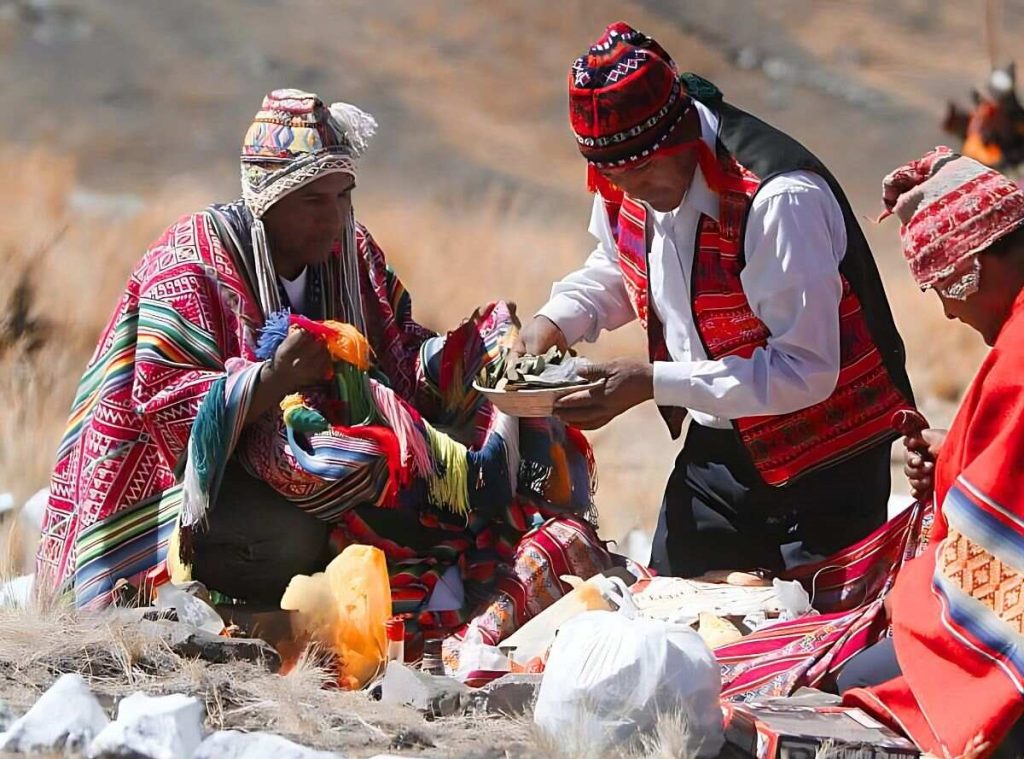
- Sacsayhuamán: A ceremonial fortress where people held rituals to honor the earth.
- Qoricancha: The Temple of the Sun, a sacred site that united multiple deities.
- Sacred Valley: An important agricultural area where communities preserved their spiritual practices.
- Rainbow Mountain and nearby Apus: Considered sacred places.
Today, local communities continue to use many of these sites to perform rituals such as the payment to the earth.
Tips on how to prepare for August 1st
- Participate respectfully and with genuine interest.
- Wear warm clothing, especially in highland areas.
- If you want to join a traditional ceremony, book with local guides or communities.
- Avoid littering or altering natural spaces during your visit.
- Ask in advance about the elements used in the rituals.
Places to visit during these dates
If you travel to Cusco in August, you can enhance your cultural experience with the following tours:


